PU leather is one of the inexpensive alternatives for Genuine Leather. Although it is much more inexpensive than real leather, it is excellent in quality as well as appears like genuine leather. This kind of leather features relatively more breathability than other synthetic leathers. PU leather is a versatile leather that you can use to manufacture various applications.
|
Category |
Details |
|
Fabric Name |
PU Leather |
|
Fabric Also Known As |
Faux Leather, Vegan Leather, Artificial Leather |
|
Appearance |
Smooth, leather-like finish; glossy or matte depending on coating |
|
GSM Range |
250-450 GSM |
|
Composition Range |
Polyurethane (PU) coating on a base of polyester, cotton, or other fabric |
|
Construction Range |
Coated fabric, synthetic layered construction |
|
Functionality |
PU, PVC, Water-Resistant, possible TPU or AC coating for enhanced durability |
|
Manufacturing Process |
Polymer coating application (PU) on fabric backing, embossing, and sometimes dyeing |
|
Possible Thread Density Range |
Dependent on base fabric, commonly 50-150 threads per inch for structural backing |
|
Count Variations |
No specific count due to synthetic construction; base fabric thread count varies |
|
Full Width |
57/58 inches or 59/60 inches |
|
Cuttable Width |
Approx. 56 inches |
|
Fabric Breathability |
Low (due to PU coating) |
|
Additional Coating Variation |
Possible TPU or PVC coatings for added water resistance and durability |
|
Moisture-Wicking Abilities |
Minimal (non-breathable) |
|
Heat Retention Abilities |
Moderate, retains some heat |
|
Stretchability |
Low stretch; some PU leather varieties may have slight mechanical stretch |
|
Prone to Pilling/Bubbling |
Low pilling but may bubble or peel over time with extensive wear or exposure to moisture |
|
Country First Produced |
United States (polyurethane development) |
|
Biggest Exporting Country Today |
China |
|
Recommended Washing Temperatures |
Wipe clean only; avoid machine washing, high temperatures, and soaking |
|
Common Applications |
Upholstery, automotive interiors, bags, wallets, belts, jackets, shoes, fashion accessories |
This type of leather has excellent durability that ensures an extended lifetime for the applications. PU leather is a terrific choice for you if you're seeking a less expensive alternative that comes in a range of colors. This is the most comprehensive guide about PU leather available, including What Is Pu Leather Made Of the information you want on the topic.
Table Of Contents
What is PU Leather made of?
PU leather is made of a synthetic polymer material named Polyurethane. Polyurethane leather is another name for man-made or synthetic leather that is most often referred to as PU leather. This kind of leather is often utilized in the manufacturing industry since it is more affordable than real leather, and it can be used to create a variety of products. Polyurethane is used in the production of PU Leather, which mimics the look and feels of real leather quite closely.
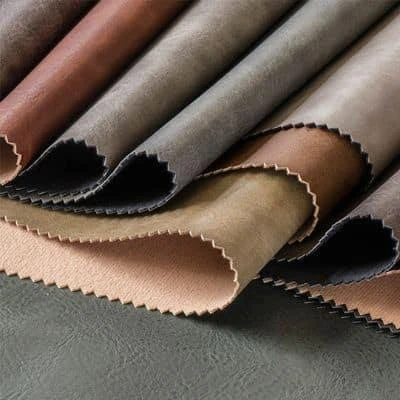
PU leather has exceptional durability in addition to a function that lasts for a very long time. On the other hand, the breathability of PU leather is not quite as good as that of real leather. This kind of leather is far more breathable than other synthetic leathers, despite the fact that it is less breathable than real leather.
Even though PU leather often weighs less than actual leather and usually has the identical texture to animal skin, it is less resilient and more prone to tearing than real leather. Because it is more UV-resistant, it is widely used to cover imitation leather furniture and automobile seats. A wide range of items, including shoes, clothing, furniture, purses, and so on, already employ this fabric.
PU Leather Manufacturing Process
The method of producing PU leather is well recognized and is used all over the globe, across a variety of different sectors. This technique makes use of a significant quantity of chemicals, especially those that are derived from petroleum. The production of PU leather may be broken down into its four primary processes, which are as follows:
Step-01: The first thing that has to be done is to pour a solution of polymer over a paper foundation that has already been coated with a coating silicone. The mixture is sent through a series of hot rollers in order to condense it and make it consistent throughout.
Step-02: The second stage is to pour a sample solution of polymer, this time with an emulsifier or "riser," and then place the whole assembly in an oven, which causes the second polymer layer to expand and become denser.
Step-03: In the third phase, you will apply glue to the top of the three layers that you have already produced, and then you will place a layer that is composed of a combination of cotton and polyester. This will give the mixture more durability and consistency.
Step-04: In the fourth phase, a resin solution is poured over the whole assembly, and then it is pressed in order to simulate the natural grain and texture of genuine leather. This step is the last step in the process.
Advantages

PU leather comes with a lot of advantages. It has excellent breathability and durability as well as it is a versatile material to use. Let's take a look at the benefits of PU leather advantages.
1. Excellent Breathability
PU leather has considerable breathability. This kind of synthetic leather is much more breathable than other types of synthetic leather. However, we should mention that it is less breathable than genuine leather.
2. Versatile Leather
One of the notable features of PU leather is that it is a type of versatile leather. This type of leather can be manufactured in different colors as well as styles. You can also use this leather to manufacture different products from jackets to shoes. Its versatility makes it one of the best leather alternatives. The contours, surface patterns, levels of thickness, and colors of PU leather may all be modified with ease.
3. Excellent Durability
PU Leather is very durable and often does not break or wear out quickly. Overall, the quality, as well as durability, are pretty good—much better than most synthetic leather substitutes, in fact. But being very durable and long-lasting is what it was designed for.
4. Waterproof Feature
PU leather is a material that is waterproof and doesn't absorb water due to the substance's non-porous nature. This not only makes its maintenance easier, but it also makes cleaning it simpler. You may have a positive attitude even after being out in the rain for many hours.
5. UV Resistant
PU leather provides superior protection against the sun as well as its harmful UV rays in comparison to genuine leather. Because of these characteristics, PU leather is an excellent choice for usage on objects that are often exposed to sunlight.
6. Affordability
Are you looking for an affordable alternative to genuine leather? If you are, then PU leather is the way to go through. Yes! PU leather is less expensive than genuine leather. Since it is easy to produce, it costs less than leather.
Disadvantages
There are also some disadvantages of PU leather. This type of leather sometimes affects the ecological nature. This later can also tear quickly. Let's take a look at the disadvantages of PU Leather.
1. Artificial Leather
The substance known as PU leather is manufactured. Because of this, the rendering may often seem "fake." Because of this, the distinction between fake and genuine grade leather is clear.
2. Less Eco-Friendly
To manufacture PU leather, a significant quantity of chemicals and the burning of fossil fuels are required. Moreover, this synthetic leather does not deteriorate or disintegrate. Because of these factors, it is not an environmentally friendly material.
3. Tears quite easily
PU leather is a synthetic substance that mimics the look and feel of leather but is far less flexible. This indicates that it is prone to tearing rather readily over the course of time as a result of the friction as well as twisting that the products are subjected to.
PU Leather vs Genuine Leather
While PU leather is an excellent alternative to Genuine leather, you should know about what is the difference between PU leather vs Genuine Leather. In simple, Genuine leather is leather that is made of animal skin or coating. On the other hand, PU leather is synthetic leather that is made of Polyurethane polymer.
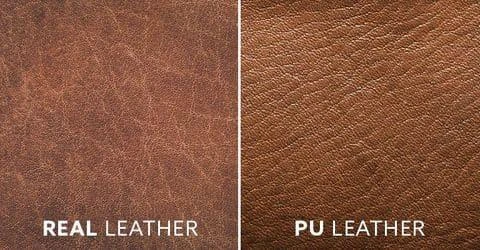
Despite having a similar texture, PU leather is frequently thinner. PU leather has less durability since it may be ripped more readily, and it cracks and bends over time, unlike genuine leather. PU leather is more sun-resistant than animal leather. Thus, it's utilized for sofas, armchairs, and vehicle and motorbike seats. If you're on a budget but still want a variety of colors, consider PU leather as an excellent option.
Wrap Up
The quality of PU leather is unmatched by any other form of synthetic leather. It is one of the greatest types of synthetic leather. This cutting-edge material is already being put to use in a wide variety of fields and offers a host of benefits. It is a substance that gives manufacturers the ability to sell items of standard quality at prices that challenge all other competitors.
You May Also Like: Pu Fabric Material





.webp)
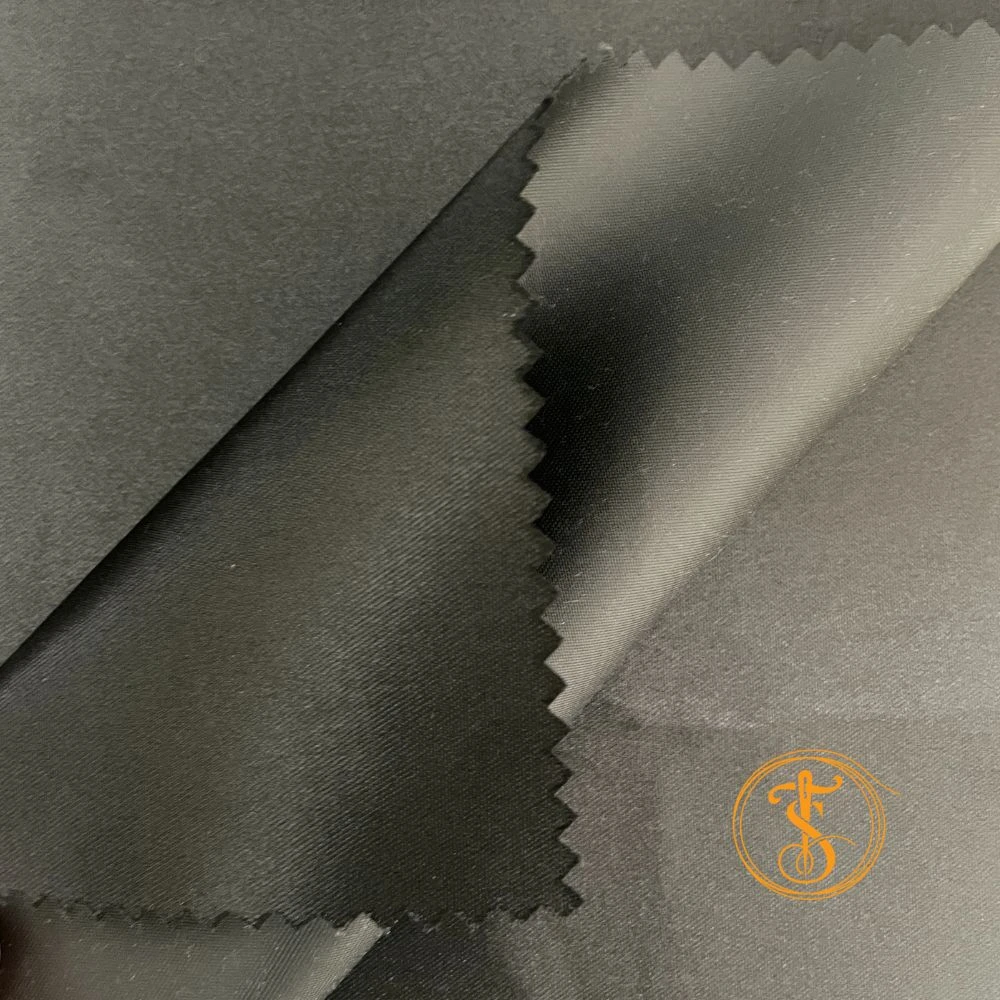
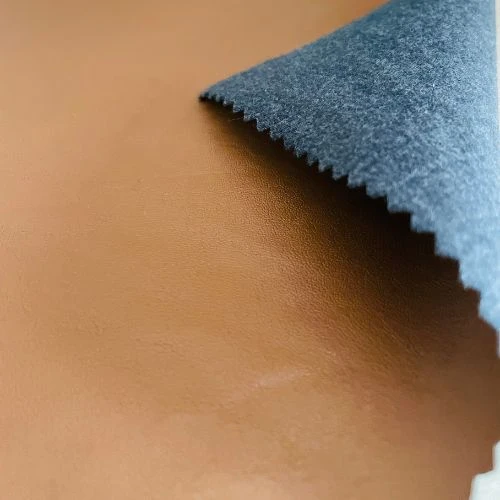
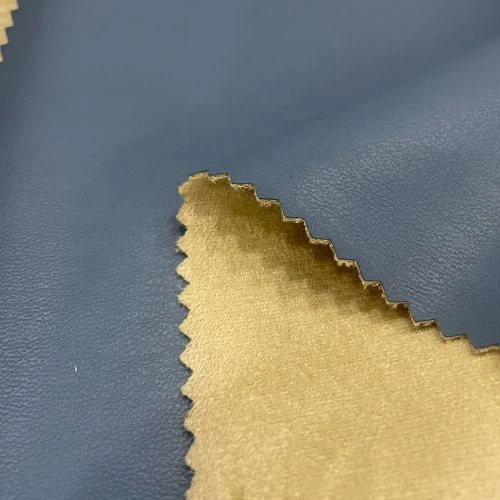
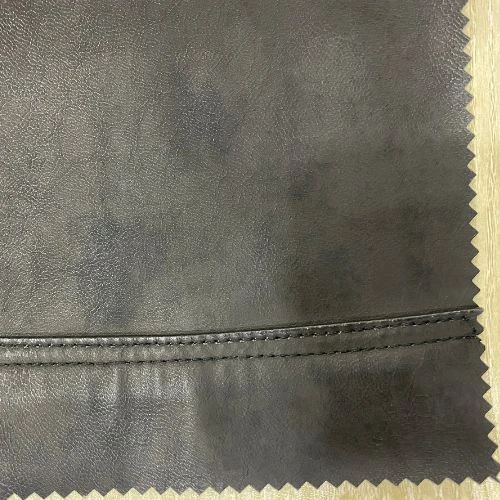
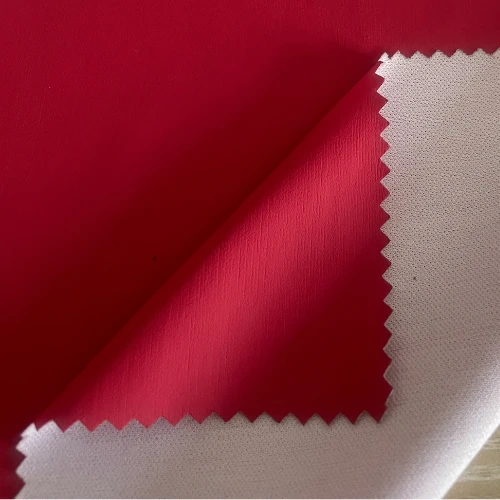
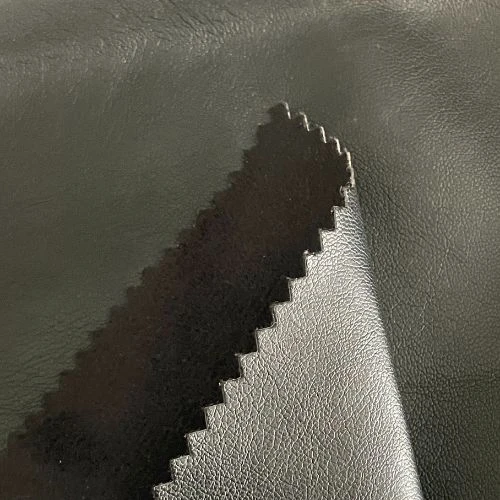
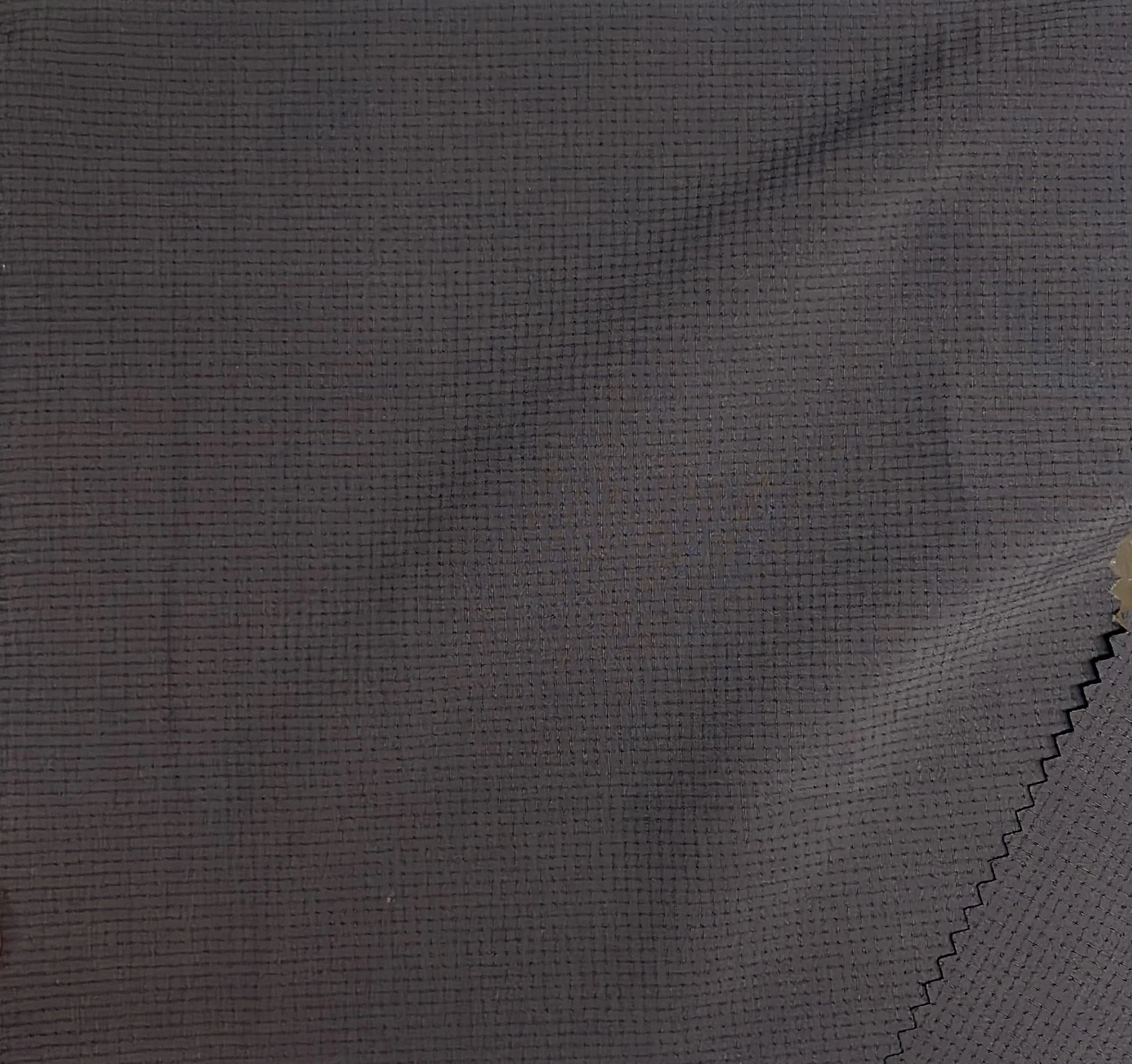
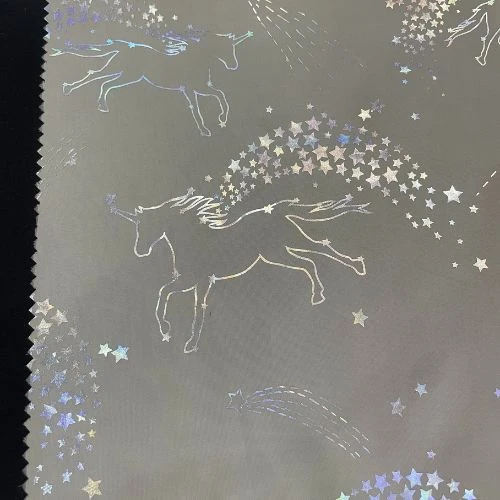
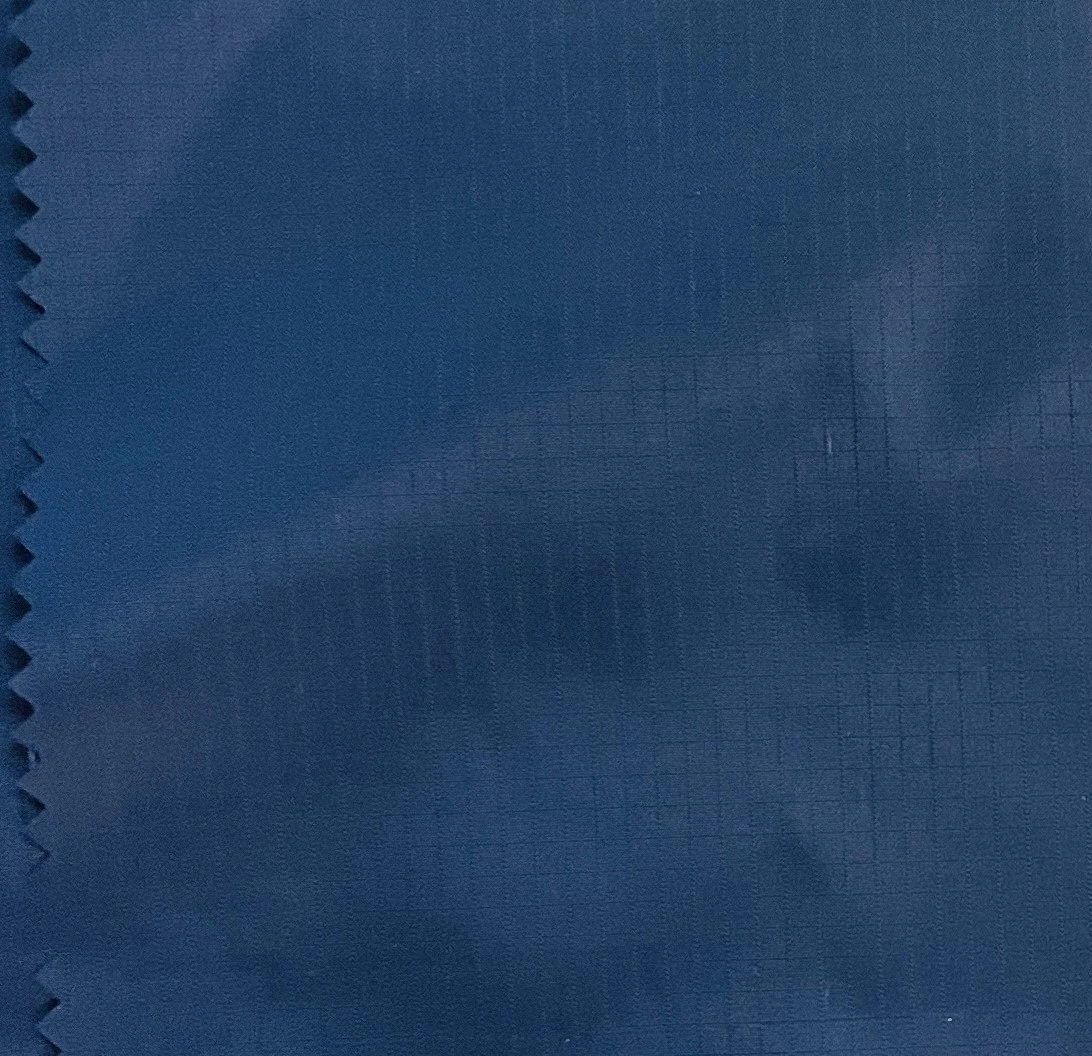
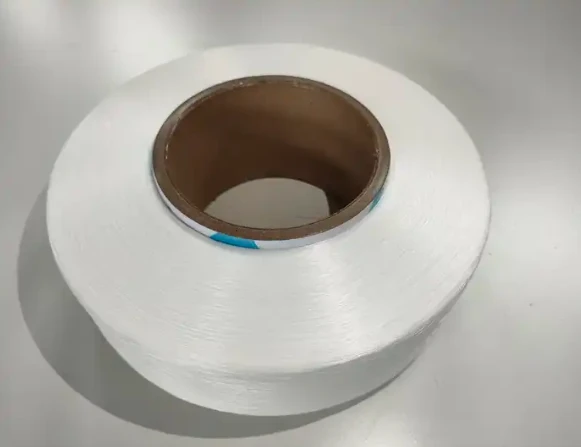
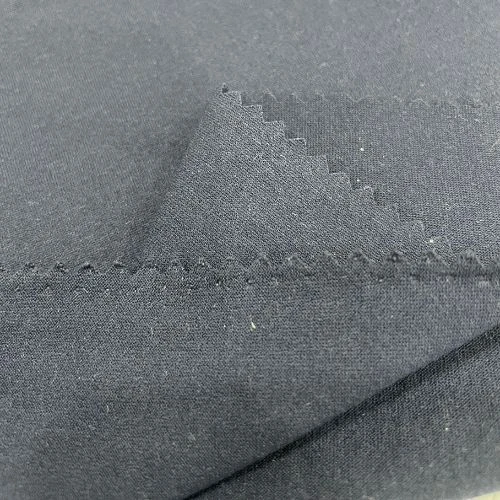

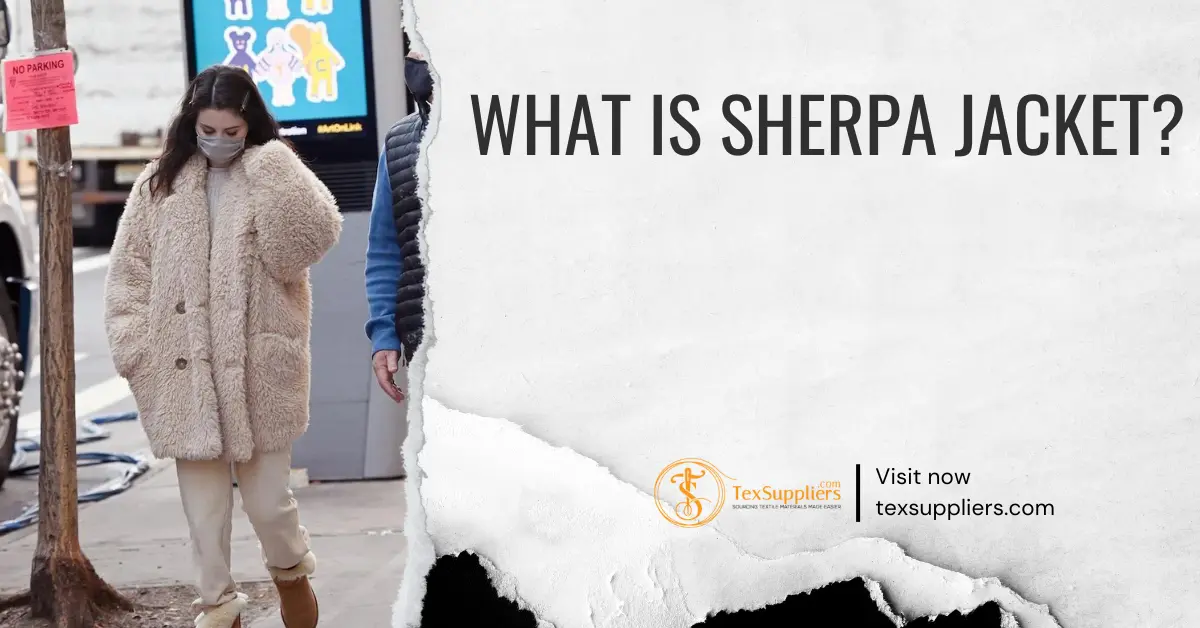


Comments - 00
Leave A Reply
Thanks for choosing to leave a comment.